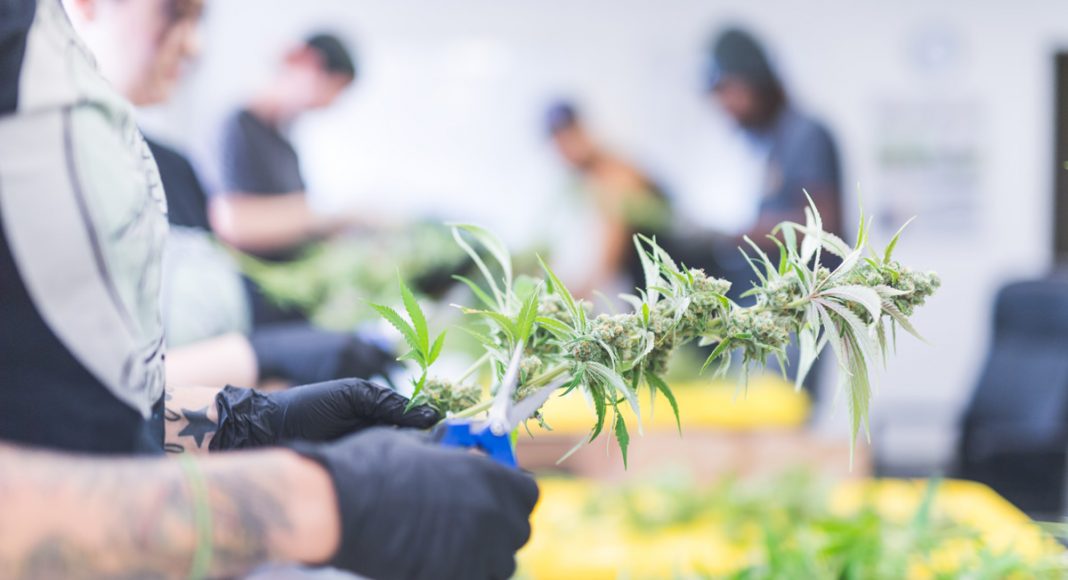The cannabis market is a dynamic, quickly changing landscape that has proven very attractive to investors and entrepreneurs from many industries. In the states where marijuana enjoys legal status for recreational or medical use, the cannabis industry and its related partnerships are experiencing robust growth.
This is especially true when it comes to jobs. As of 2018, there are more full-time cannabis workers than there are librarians, and the number is growing. These are not minimum wage positions either – retail managers, agriculture experts, and extraction technicians all earn attractive salaries and desirable compensation packages.
RELATED: Canada Can Combat Marijuana’s Black Market By Following California’s Lead
As institutional investors warm up to the cannabis industry, high-profile mergers and acquisitions are beginning to shape the multi-state cannabis market outlook. These multi-million dollar deals are excellent indicators that the cannabis industry is not just growing but also maturing.
These factors combine to drive up the supply end of the cannabis market. As of 2019, consumers continue to see prices fall. The average price of a pound of marijuana flowers has dropped 24.5% since the same time last year, with the largest decreases occurring in states that have legalized recreational use.
RELATED: What States Will Legalize Marijuana In 2019?
As a $20 billion industry creating hundreds of thousands of jobs, the cannabis industry is a burgeoning commodity industry that contributes to the economic welfare of communities and the government organizations that represent them. Experts predict that the economic impact of the cannabis market could double in as little as two or three years.
For all of its gains, the cannabis market still has room to grow. The number of legal states is bound to increase over time, and with it so will the economic value of the commodity itself. Find out more about the state of the domestic cannabis industry in this cannabusiness infographic.



